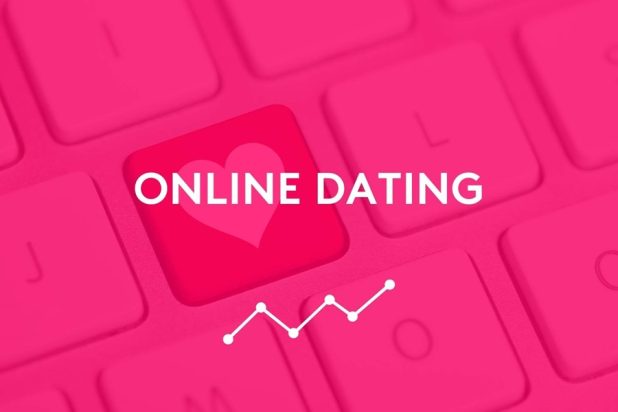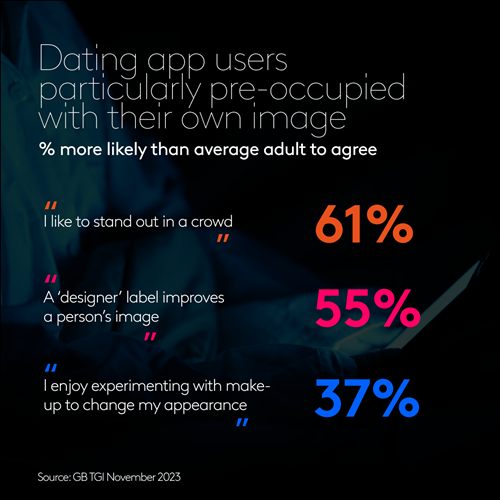Primary School Parents and Mid life Independents are among the life stages particularly likely to use dating apps

Dating apps were back in the headlines recently as the billionaire boss of Bumble, Whitney Wolfe Herd, announced she was stepping down as the company’s boss. The news comes amid a share price drop in the last couple of years, both for Bumble and its main rival Match Group, who own Tinder and Hinge.
An inherent challenge for dating apps lies in the paradox that if they work well people match up and stop being customers – and if they don’t work well, people are likely to simply delete the app. So how does dating app engagement look today?
Latest GB TGI data reveals that 10% of adults (5.3 million people) in Britain claim to use dating apps on their mobile or tablet.
You would probably expect younger adults with no ties to be particularly likely to use dating apps and indeed those in the TGI Lifestage groups ‘Flown the Nest’ (aged 15-34, not married/living as a couple, do not live with relations) and ‘Fledglings’ (aged 15-34, not married/living as a couple, do not live with son/daughter, live with parents) are a lot more likely than the average adult to say they use dating apps.
However, ‘Mid-life Independents’ (aged 35-54, not married/living as a couple, do not live with relations) and parents of school-age children are also significantly more likely to be users of dating apps.

Beyond these demographic characteristics, there are a number of attitudes around appearance with which dating app users are particularly likely to agree.
TGI reveals that they are particularly likely compared to the average adult to invest in their image and wish to be noticed.

When it comes to media and advertising preferences, users of dating apps are particularly likely to be among the heaviest users of social media, outdoor media and cinema.
However, they are also especially likely to admit to being influenced in a number of ways, as well as having specific views around how brands should behave.
